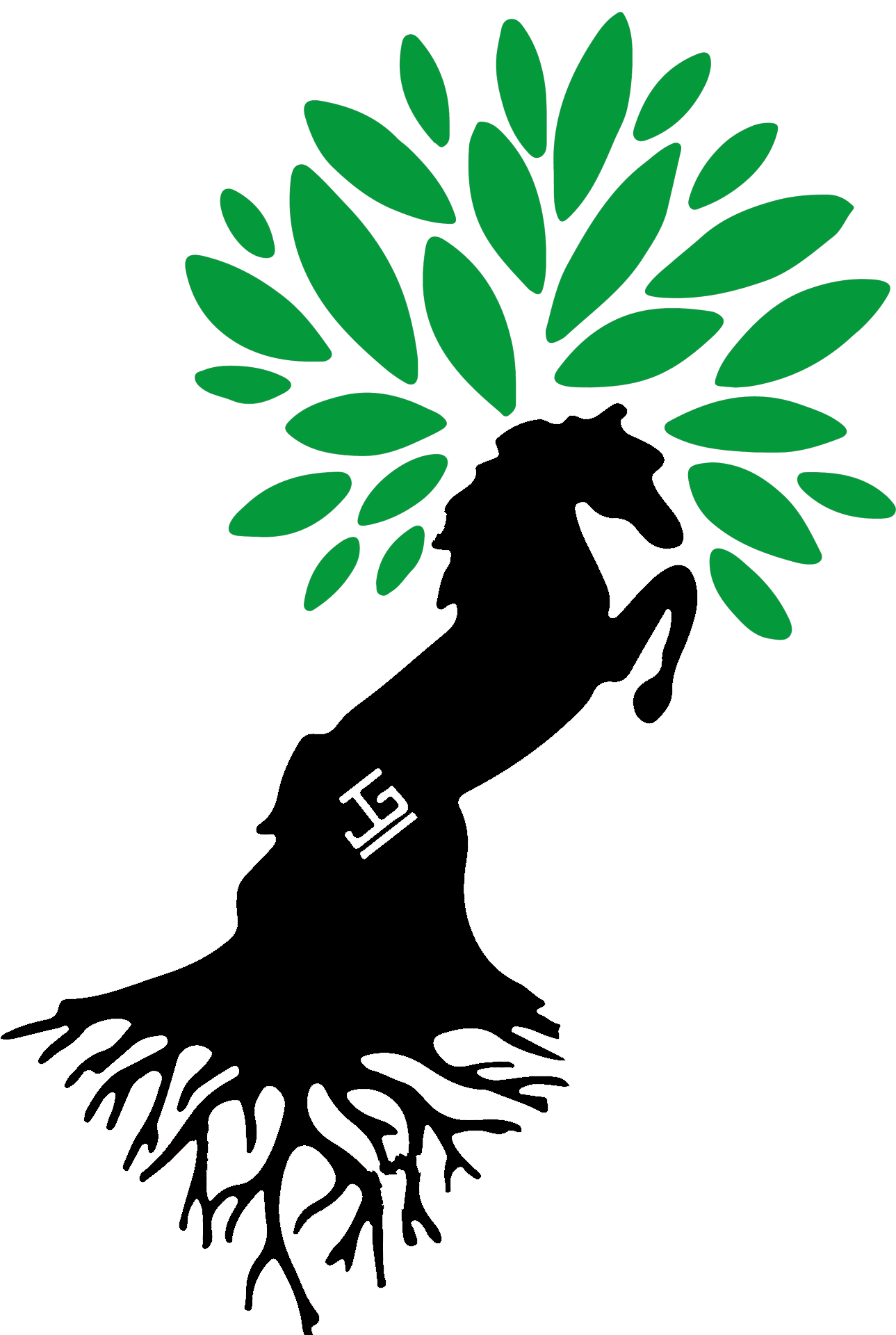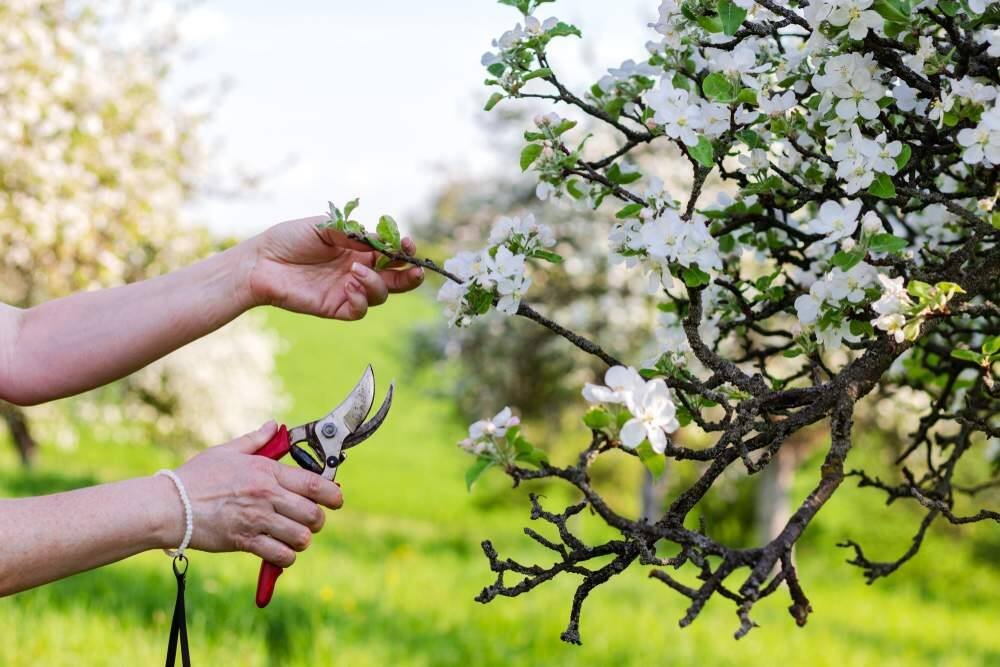How Often Should You Prune Trees
JLG Tree Service | Los Angeles County & Ventura County
Much like tending to a garden, knowing how often to prune your trees is an essential key piece of knowledge that people should know if they want their trees to be viable. As someone who has deep knowledge and time invested in the world of trees, I'm excited to guide you through the intricacies of finding the perfect frequency of when you should trim your trees. In this comprehensive guide, we'll explore the significance of regular maintenance pruning, we will discuss factors influencing how often you should prune your trees, and we will also uncover the harmony that comes from striking the right balance. So, let's embark on this enlightening learning process and equip ourselves with the knowledge to nurture our trees with precision and knowledge.
Grasping the Importance of Regular Tree Pruning
Trees Crave Attention
Visualize your trees as living entities silently yearning for your nurturing touch. Much like our bodies need periodic health checks at the doctors, trees demand consistent pruning to keep up with their health and growth. Regular pruning strengthens your trees, this is done because trimming shields them from diseases/pest, enhancing their aesthetic allure, and even increase your property’s market value. You should begin to start to consider pruning as a dance between growth and maintenance. Trees need regular trimming to get new healthy growth. If one does not consider regular trimming than over time limbs become weak, rotten, or pest infested. Regular pruning encourages the growth of healthy branches, enhances their structure, and promotes the overall well-being of your trees. Its a synchronized harmony that works in a flow, think about Yin and Yang as it is comparable here. If you show your tree love than chances are it would love you back and provide you with much needed shade. If not then your trees will begin to show signs of stress like I listed in this paragraph since trees cannot take care of themselves when it comes to pruning.
Factors That Influence Pruning Frequency
All Tree Species Lives Matters
Different tree species have their own preferences when it comes to pruning frequency. Fast-growing trees, for instance, might need more frequent attention (which means more regular maintenance pruning), while slow-growers could require less frequent trimming. Understanding your tree's growth rate will help guide you in creating an appropriate pruning schedule which helps your trees live long and healthy lives. Another thing to keep in mind is the current life stage of the tree. Imagine caring for a child versus an adult – their needs widely differ from each other. Similarly, young trees require more frequent pruning to establish a strong structure, while mature trees need maintenance to remove dead or damaged branches. Adapting your pruning frequency based on their life stage will also ensure their continuous health and strength.
Unveiling the Perfect Pruning Balance
Annual Check-ins for Young Trees
Picture young trees as eager learners, requiring guidance. During their early years, an annual pruning session helps shape their formative and strength growth. This resembles sending a child to school to acquire essential skills. By shaping their branches and removing unwanted growth, you're setting them on a path to a healthy and harmonious future. As your trees mature, their growth slows down, and they settle into their forms. During this stage, a biennial pruning approach will be sufficient. Think of it as guiding a teenager through their transformative years; you're there to offer support and guidance without overwhelming them. Then when they are old enough you don’t give them as much advice you only do so when needed. The same concept goes with trees the older they get the less you will have to prune since they will already have a strong structure. The only trimming that would be necessary is to keep good airflow and removing dead branches.
Harmonizing Pruning with Tree Health
Stress-Free Pruning
Envision treating your trees' health as you would your own—with compassion and empathy. Regular, stress-free pruning sessions customized to your trees' requirements offer invaluable advantages. Eradicating dead or diseased branches prevents infection propagation and alleviates stress on the tree's system, ensuring their longevity. Similar to the rhythm of seasons, your trees' pruning demands oscillate. Spring and Winter are often present the ideal stage for pruning, synchronized with their active growth phase. During this interval, your trees can recover swiftly and reinvigorate themselves, cementing their robustness and endurance.
Conclusion:
Pruning your trees consistently is synonymous with nurturing a cherished connection—it necessitates comprehension, commitment, and devotion. By appreciating the significance of regular pruning, acknowledging tree type and age, and finely tuning the pruning rhythm, you're embarking on a journey of mastering the art of tree care. Whether you're a devoted gardening enthusiast or a newcomer to the realm of tree care, remember that each pruning session represents an investment in your trees' vibrancy and splendor. As we wrap up this journey, equipped with the knowledge of how often to prune, you're now poised to orchestrate a masterpiece of growth, ensuring that your trees flourish and thrive in all their natural glory.


